Archives
- 2025-11
- 2025-10
- 2025-09
- 2025-03
- 2025-02
- 2025-01
- 2024-12
- 2024-11
- 2024-10
- 2024-09
- 2024-08
- 2024-07
- 2024-06
- 2024-05
- 2024-04
- 2024-03
- 2024-02
- 2024-01
- 2023-12
- 2023-11
- 2023-10
- 2023-09
- 2023-08
- 2023-07
- 2023-06
- 2023-05
- 2023-04
- 2023-03
- 2023-02
- 2023-01
- 2022-12
- 2022-11
- 2022-10
- 2022-09
- 2022-08
- 2022-07
- 2022-06
- 2022-05
- 2022-04
- 2022-03
- 2022-02
- 2022-01
- 2021-12
- 2021-11
- 2021-10
- 2021-09
- 2021-08
- 2021-07
- 2021-06
- 2021-05
- 2021-04
- 2021-03
- 2021-02
- 2021-01
- 2020-12
- 2020-11
- 2020-10
- 2020-09
- 2020-08
- 2020-07
- 2020-06
- 2020-05
- 2020-04
- 2020-03
- 2020-02
- 2020-01
- 2019-12
- 2019-11
- 2019-10
- 2019-09
- 2019-08
- 2019-07
- 2019-06
- 2019-05
- 2019-04
- 2018-11
- 2018-10
- 2018-07
-
MCB-613 br Acknowledgments br Introduction Within
2023-09-05

Acknowledgments Introduction Within the classical secretory pathway, transmembrane and soluble cargos travel via the endoplasmic reticulum (ER) and Golgi apparatus en route to their final destinations [1]. However, at a post-Golgi level, trafficking routes can diverge. In this context, the tra
-
In conclusion the results of this
2023-09-05

In conclusion, the results of this investigation suggest that the involvement of PGE2 in the pathogenesis of pulpal inflammation and repair may be related to its induction of cAMP production. PGE2-induced cAMP production in dental pulp cells is mediated by binding to the EP2 receptor, activation of
-
br Materials and methods br Results br Discussion In this
2023-09-05
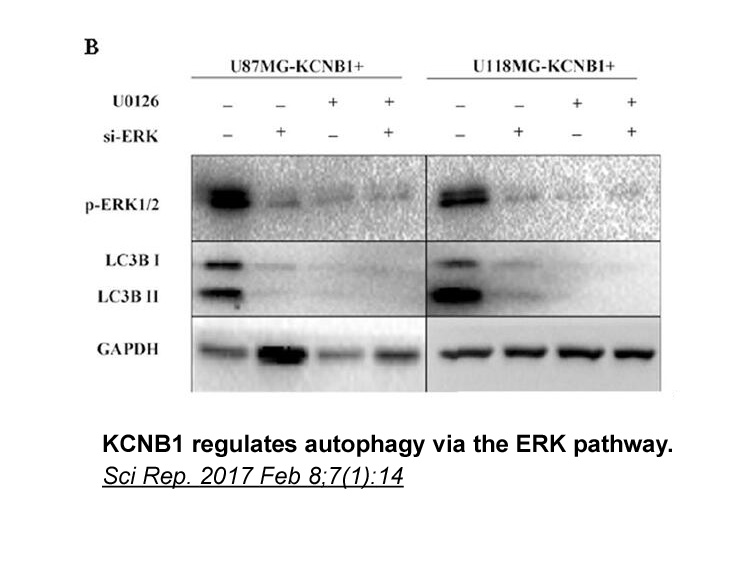
Materials and methods Results Discussion In this study, we observed that PACAP2 immunoreactivity is mainly distributed in the telencephalon, hippocampus, and cerebellum of the zebrafish brain. This distribution pattern is similar to that reported in a previous study in which PACAP immunorea
-
Synthesis pharmacological evaluation for the binding
2023-09-05

Synthesis, pharmacological evaluation for the binding at hA, hA and hA ARs, and efficacy at hA subtype of the synthesized compounds, together with the assessment of their theoretical ADME properties were the guidelines in this preliminary drug discovery investigation. The synthetic pathways which y
-
The adult muscle type acetylcholine receptor AChR the exempl
2023-09-05

The adult muscle-type ML 221 receptor (AChR), the exemplar pLGIC, is a heteropentamer comprising two α subunits, and one each of the β, δ, and ɛ subunits (Sine, 2012). These five subunits come together in a counterclockwise α-ɛ-α-δ-β arrangement (Figure 1A). Binding of acetylcholine to the AChR's t
-
A review has recently been published to evaluate the
2023-09-04

A review has recently been published to evaluate the potential effects of food, alcohol and DMAP receptor juices on the pharmacokinetics and pharmacodynamics of the drugs for BPH. The authors reviewed the PubMed database during the years 1991–2015. In addition, a digital version of Stockley on drug
-
CHK has been reported to be the kinase
2023-09-04
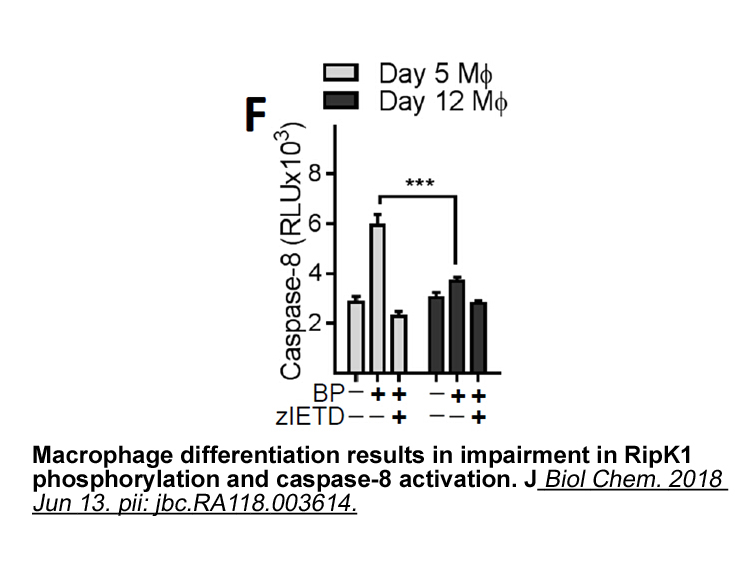
CHK1 has been reported to be the kinase responsible for H3.3S31 phosphorylation in human ALT cancer Cy5 NHS ester sale . However, in our study, knockdown of CHK1 in HEK293F (Figs. S1c and S6) or HeLa S3 (data not shown) cells did not result in a significant decrease in H3.3S31ph, which is in agreem
-
In PMCA Mg favors the conversion E P E
2023-09-04
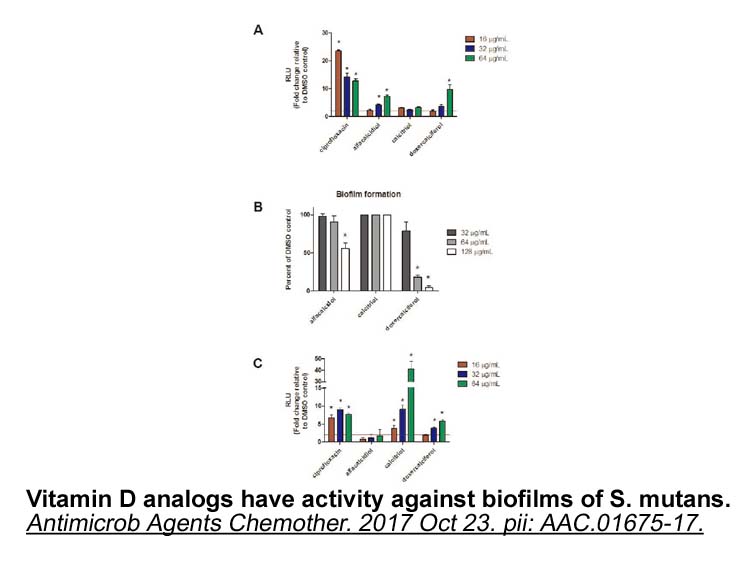
In PMCA, Mg2+ favors the conversion E1P → E2P [13] and, as in SERCA [11], it accelerates the phosphorylation displacing the E1–E2 equilibrium towards E1. In SERCA, Sørensen et al. [41], proposed that ATP reacts by an associative mechanism mediated by two Mg2+ ions to form an aspartyl-phosphorylated
-
Autophagy and apoptosis have a very complex
2023-09-04

Autophagy and apoptosis have a very complex relationship, and the precise mechanism remains to be determined. At present, a large amount of research has confirmed that autophagy can protect the cell from apoptosis in special conditions such as nutrient deficiency or growth factors deprivation; the e
-
br Acknowledgements This work was supported
2023-09-04
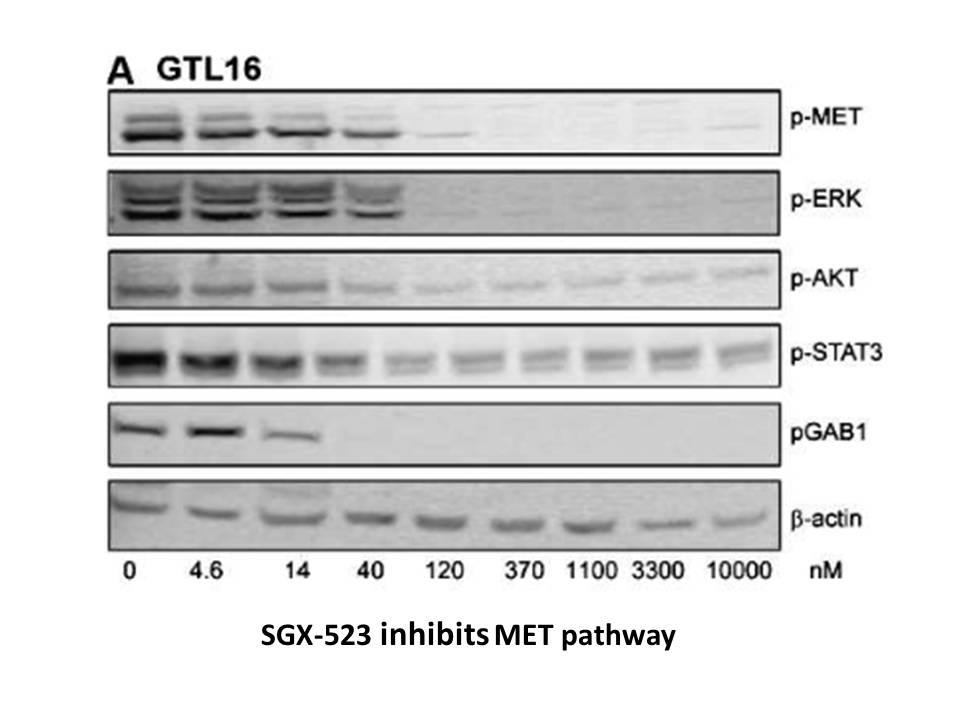
Acknowledgements This work was supported by a grant from the National Science Foundation (IOS- 1353366), the Hatch Program of the National Institute of Food and Agriculture (VA-135908) and the Virginia Agricultural Experiment Station, to G.P. Introduction With steadily rising number of affect
-
br Materials and met http www apexbt com media diy
2023-09-04

Materials and methods Results The values for body weight are shown in Fig. 1. Body weight was measured every day. The body weight of the young mice in the control (i.e. no-stress) group was not significantly different from that of the young mice in the stress group. However, the middle-aged mi
-
br Depletion of serum amino acids Currently the
2023-09-04
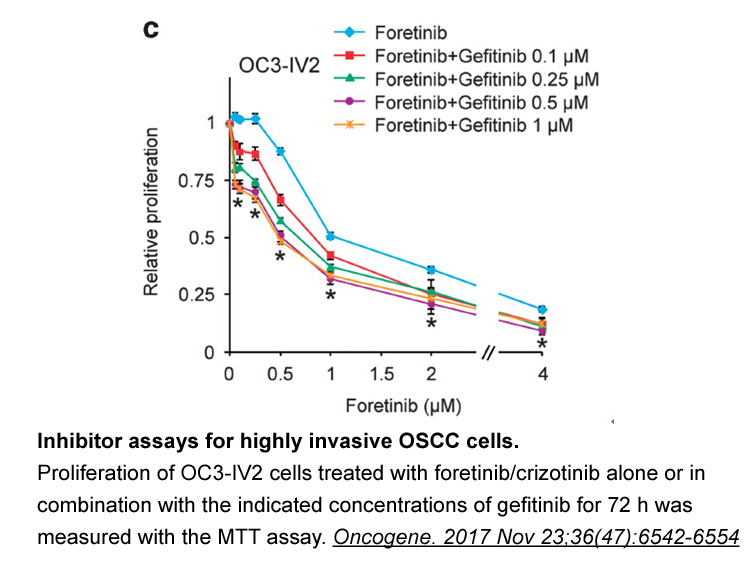
Depletion of serum amino acids Currently, the only anticancer agents that directly target amino labetalol hydrochloride mg metabolism are bacterial l-asparaginases (from Escherichia coli and Erwinia chrysanthemi), which are FDA-approved for treatment of pediatric and adult ALL. A potential compl
-
We stimulated HNEpC cells with LPS found that the secretion
2023-09-04
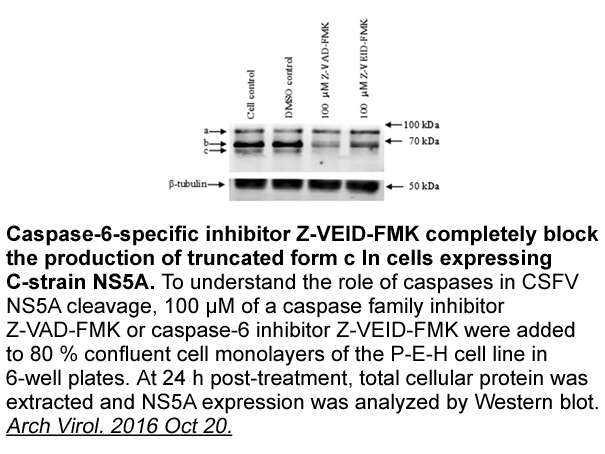
We stimulated HNEpC cells with LPS found that the secretion of inflammatory cytokines and the expression of AHR was increased significantly, and miR124 was reduced. It has been found that LPS as a foreign substance can bind to the TLR family of proteins to activate intracellular AHR signaling [[19],
-
AMPK is an essential player in adiponectin signaling pathway
2023-09-04
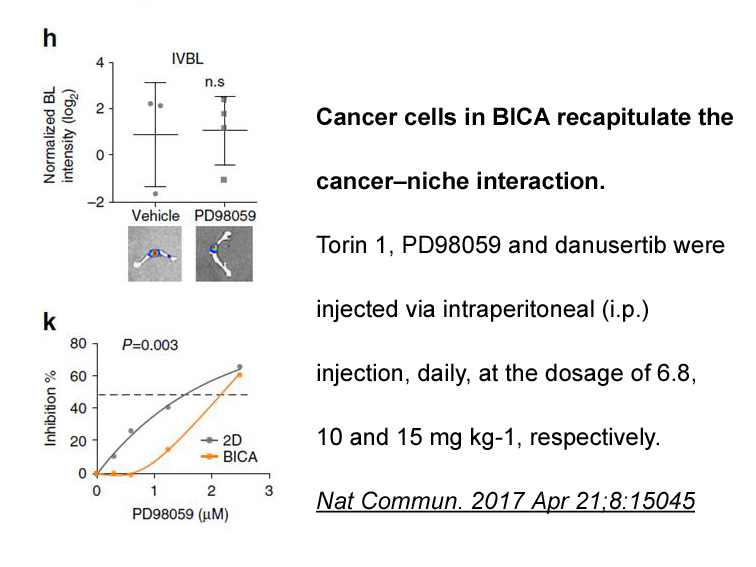
AMPK is an essential player in adiponectin signaling pathway that regulates energy metabolism. The fact that suppression of AMPK activity by compound C largely diminished candesartan-mediated inhibition of NFκB via blocking AT1 also suggests that the AT1-mediated effect is at least partly resulted f
-
leucine enkephalin sVRPs were more sensitive to ABT
2023-09-04

sVRPs were more sensitive to ABT-702 than MSRs. This result agrees with previous reports that the activation of A1 receptors more potently inhibits sVRPs than MSRs (Nakamura et al., 1997, Otsuguro et al., 2009). Importantly, sVRPs are thought to reflex C-fiber-evoked nociceptive transmission. Nocice
15603 records 279/1041 page Previous Next First page 上5页 276277278279280 下5页 Last page